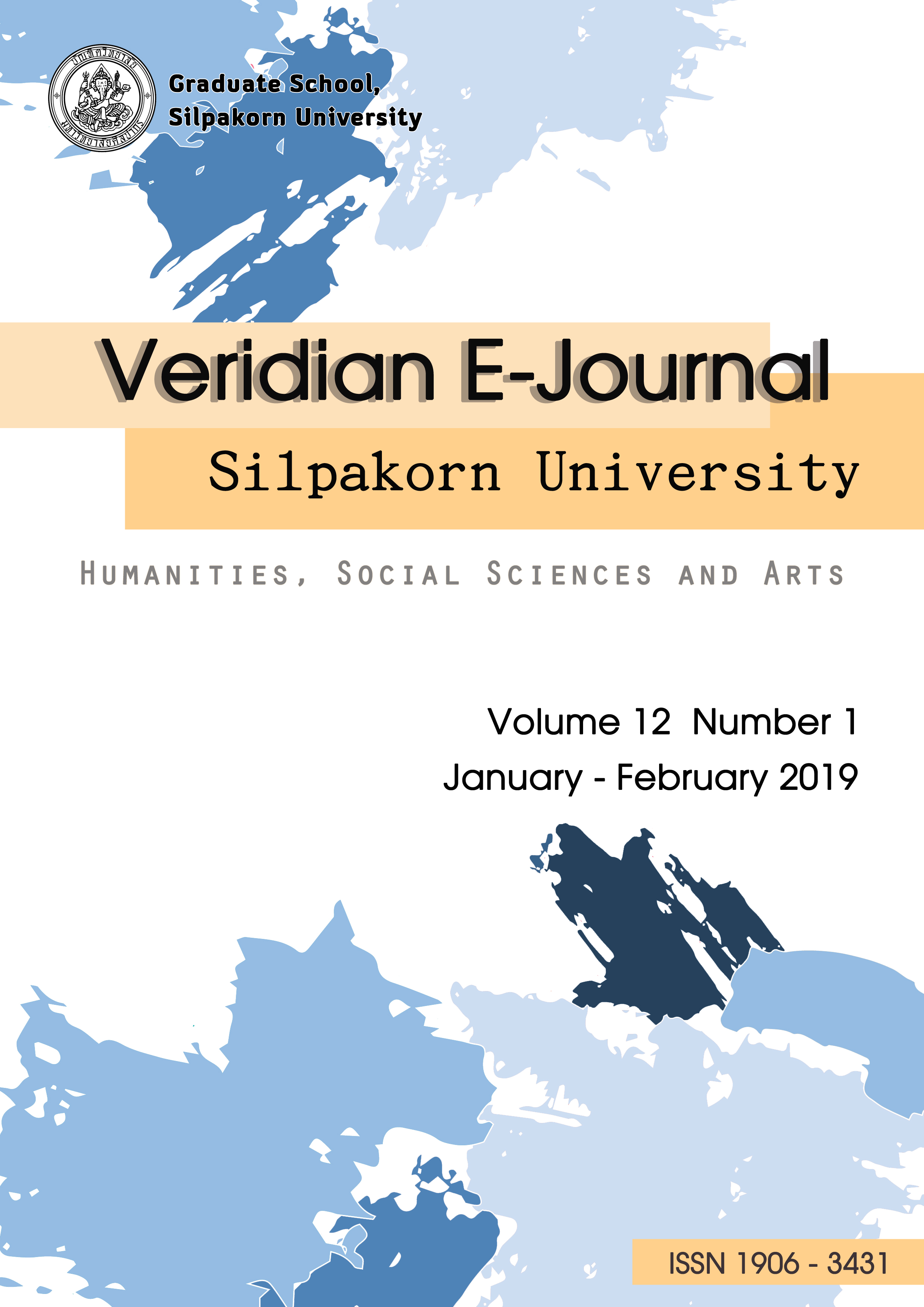การรับรู้และความเต็มใจจ่ายของสาธารณะชนในการริเริ่มเมืองฟองน้ำในกรุงเทพมหานคร (Public Perceptions and Willingness to Pay for Sponge City Initiatives in Bangkok)
Main Article Content
Abstract
ปัญหาน้ำท่วมในกรุงเทพมหานครมีบทบาทสำคัญในการดำเนินชีวิตของคนในสังคม การก่อสร้างเมืองฟองน้ำจึงเป็นแนวคิดเพื่อบรรเทาผลกระทบที่อาจจะเกิดได้ อย่างไรก็ตาม โครงการเมืองฟองน้ำย่อมมีค่าใช้จ่ายที่สูงกว่าถนนทั่วไป บทความนี้มีวัตถุประสงค์เพื่อวิเคราะห์การรับรู้และความเต็มใจจ่ายของประชาชนในกรุงเทพมหานครต่อการริเริ่มโครงการเมืองฟองน้ำ ข้อมูลรวบรวมจากกลุ่มตัวอย่าง 300 ราย ด้วยวิธีสมมติเหตุการณ์ให้ประเมินค่า (Contingent Valuation Method: CVM) ผลการศึกษา พบว่า ค่าเฉลี่ยของความเต็มใจที่จะจ่ายเงินบริจาคในการดำเนินโครงการเมืองฟองน้ำต่อราย เท่ากับ 145-158 บาท โดยปัจจัยที่ส่งผลต่อความเต็มใจจ่ายเพื่อให้เกิดโครงการ คือ ราคาที่นำเสนอเริ่มต้น และความกังวลต่อเหตุการณ์น้ำท่วมในอนาคต ผลการวิจัยชี้ให้เห็นว่าลักษณะทางเศรษฐกิจและสังคม รวมถึงความวิตกกังวลมีความสำคัญในการดำเนินกิจกรรม เพื่อให้ประชาชนมีส่วนร่วม ภาครัฐหรือหน่วยงานที่เกี่ยวข้องควรเริ่มจากการวางแนวนโยบายในการทำโครงการในช่วงที่มีการขยายตัวทางด้านเศรษฐกิจ หรือเริ่มต้นในพื้นที่ที่มีลักษณะของเศรษฐกิจที่ดี ตลอดจนการประชาสัมพันธ์โครงการผ่านช่องทางต่างๆ ควรให้มีการแทรกเนื้อหาในเชิงผลกระทบที่สำคัญ เพื่อให้ประชาชนเกิดความตระหนักต่อปัญหา อันจะส่งผลต่อความเชื่อมั่นในโครงการที่จะเกิดขึ้นในอนาคต
Urban flooding crisis in Bangkok plays an important role in the livelihood of people. Sponge City is a concept to alleviate the problem. However, the cost of sponge city construction would be higher than normal road. The paper aims to estimate the willingness to pay of people in Bangkok to initiate a Sponge City project. Data are gathered from 300 respondents in Bangkok. The analytical technique is the Contingent Valuation Method (CVM). The results show that the average of willingness to pay for Sponge city per person is 145 – 158 baht. Furthermore, the factors that contributed to the willingness to pay for the project are the initial bid and the opinion on the future flooding problem. The results indicate that the socio-economic characteristics including anxiety is important in carrying out activities for people to participate. Therefore, to enhance people participation in the Sponge city, the project should start during the period of economic expansion or launch in the areas with high demand or good economic zones. As well, policy makers should promote the project through various channels and should promote to make people aware of the problem.
